A passenger jet and an Army helicopter collided near Ronald Reagan National Airport in Washington, D.C., on Wednesday night, killing all 67 people on board. Preliminary investigation data reveals conflicting readings about the altitudes of the aircraft at the time of the crash, prompting a complex investigation into the cause. Recovery efforts continue as authorities search for remains and wreckage in the Potomac River.
Preliminary data from the deadliest U.S. aviation accident in nearly 25 years showed conflicting readings about the altitudes of an airliner and Army helicopter when they collided near Reagan National Airport in Washington, killing everyone aboard both aircraft, investigators said Saturday. Data from the jet’s flight recorder showed its altitude as 325 feet (99 meters), plus or minus 25 feet (7.
6 meters), when the crash happened Wednesday night, National Transportation Safety Board officials told reporters. Data in the control tower, though, showed the Black Hawk helicopter at 200 feet (61 meters) at the time. Investigators hope to reconcile the altitude differences with data from the helicopter’s black box, which is taking more time to retrieve because it was waterlogged. They also said they plan to refine the tower data, which can be less reliable. “That’s what our job is, to figure that out,” said NTSB member Todd Inman, who grew increasingly agitated with reporters' questions seeking more information and clarity about the readings during a Saturday evening news conference. He acknowledged that there was dissension within the investigative team about whether to release the information or wait until they had more data. No one survived the collision, which occurred as an American Airlines flight from Wichita, Kansas, carrying 64 passengers was preparing to land at Ronald Reagan National Airport, just across the Potomac River from the nation’s capital, and hit an Army Black Hawk helicopter that apparently flew into the jet’s path. The helicopter had three soldiers on board “This is a complex investigation,” said Brice Banning, NTSB investigator in charge. “There are a lot of pieces here. Our team is working hard to gather this data.” The remains of 42 people had been pulled from the river by Saturday afternoon, including 38 that had been positively identified, Washington emergency officials said. They expect to recover all of the remains, though the wreckage of the plane’s fuselage will probably have to be pulled from the water to get all the bodies.ARLINGTON, Va. (AP) Recovery crews and divers searched the Potomac River for remains and cleared wreckage Saturday from the midair collision of a passenger jet and Army helicopter that killed 67 people. A Coast Guard cutter outfitted with a crane waited by the wreckage as occasional recovery team members slipped into the water amid a group of smaller emergency boats. No one survived the Wednesday night collision. The remains of 42 people had been pulled from the river by Saturday afternoon, including 38 that had been positively identified, according to Washington emergency officials. They expect to recover all of the remains, though the wreckage of the plane’s fuselage will probably have to be pulled from the water to get all the bodies, officials said. On Friday night the helicopter “was briefly stabilized with a crane to assist in recovery efforts, however, it has not been removed from the water,” the Washington Fire and EMS Department said in the Saturday statement. The collision occurred as an American Airlines flight from Wichita, Kansas carrying 64 passengers was preparing to land at Ronald Reagan National Airport, just across the Potomac from the nation’s capital, and hit an Army Black Hawk helicopter that apparently flew into the jet’s path. The helicopter had three soldiers on board. Army officials have said the helicopter crew was highly experienced, and familiar with the congested skies around the city. Military aircraft frequently make such flights to practice routes they would use if key government officials need to be evacuated during an attack or major catastrophe. Investigators are examining the actions of the military pilot and air traffic control. Full NTSB investigations typically take at least a year, though investigators hope to have a preliminary report within 30 days. Other possible factors in the crash, including the helicopter’s altitude and whether the crew was using night vision goggles, are still under investigation, Defense Secretary Pete Hegseth told Fox News Channel.More than 300 responders were taking part in the recovery effort at a given time, officials said. After a rainy Friday, clear skies and warmer temperatures made for better conditions Saturday for workers in the field. Two Navy salvage barges were also expected to arrive to lift heavy wreckage. “This is heartbreaking work,” Washington, D.C., Fire Chief John Donnelly Sr. told reporters told reporters Friday. “It’s been a tough response for a lot of our peopl
Mid-Air Collision Aviation Accident Reagan National Airport NTSB Altitude Data Potomac River Recovery Efforts
Canada Latest News, Canada Headlines
Similar News:You can also read news stories similar to this one that we have collected from other news sources.
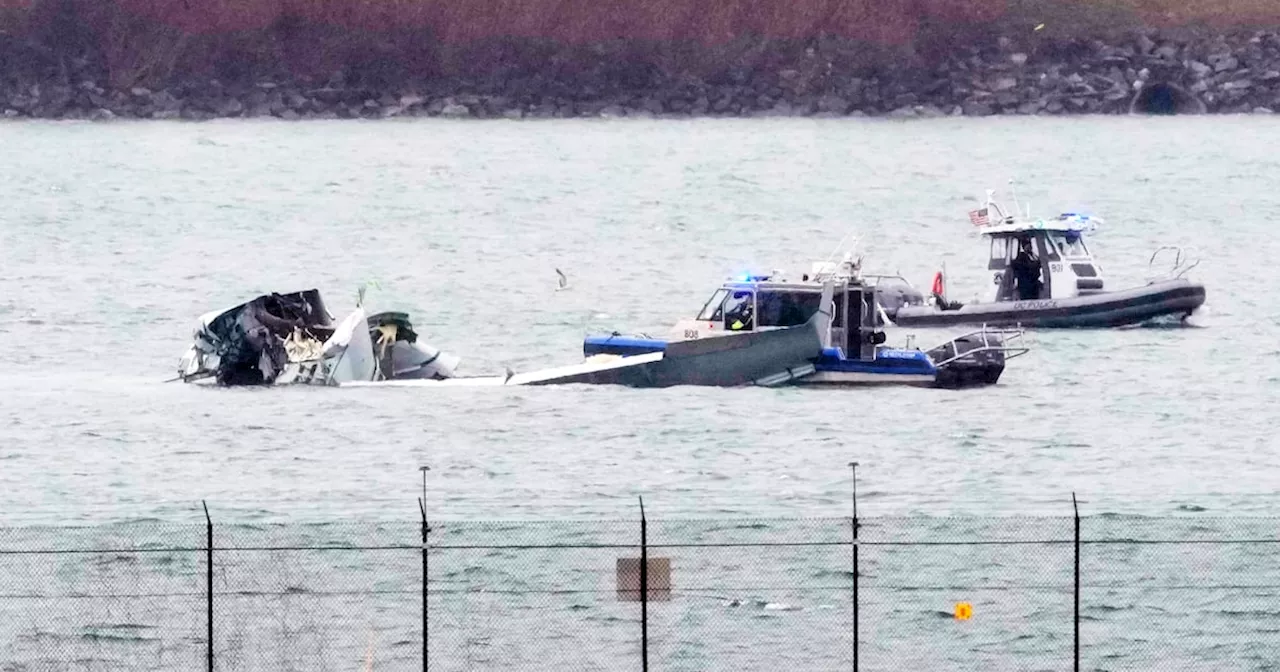 Helicopter Traffic Curtailed After Deadly Mid-Air Collision Near Washington AirportFollowing a mid-air collision between an Army helicopter and an American Airlines jet near Washington Reagan National Airport, resulting in 67 fatalities, the U.S. Federal Aviation Administration has implemented restrictions on helicopter traffic in the vicinity. The agency indefinitely barred most helicopters from using low-altitude routes near the airport. Recovery efforts continue along the Potomac River as investigators examine various factors, including the helicopter's altitude, night vision usage, and the actions of the military pilot and air traffic control.
Helicopter Traffic Curtailed After Deadly Mid-Air Collision Near Washington AirportFollowing a mid-air collision between an Army helicopter and an American Airlines jet near Washington Reagan National Airport, resulting in 67 fatalities, the U.S. Federal Aviation Administration has implemented restrictions on helicopter traffic in the vicinity. The agency indefinitely barred most helicopters from using low-altitude routes near the airport. Recovery efforts continue along the Potomac River as investigators examine various factors, including the helicopter's altitude, night vision usage, and the actions of the military pilot and air traffic control.
Read more »
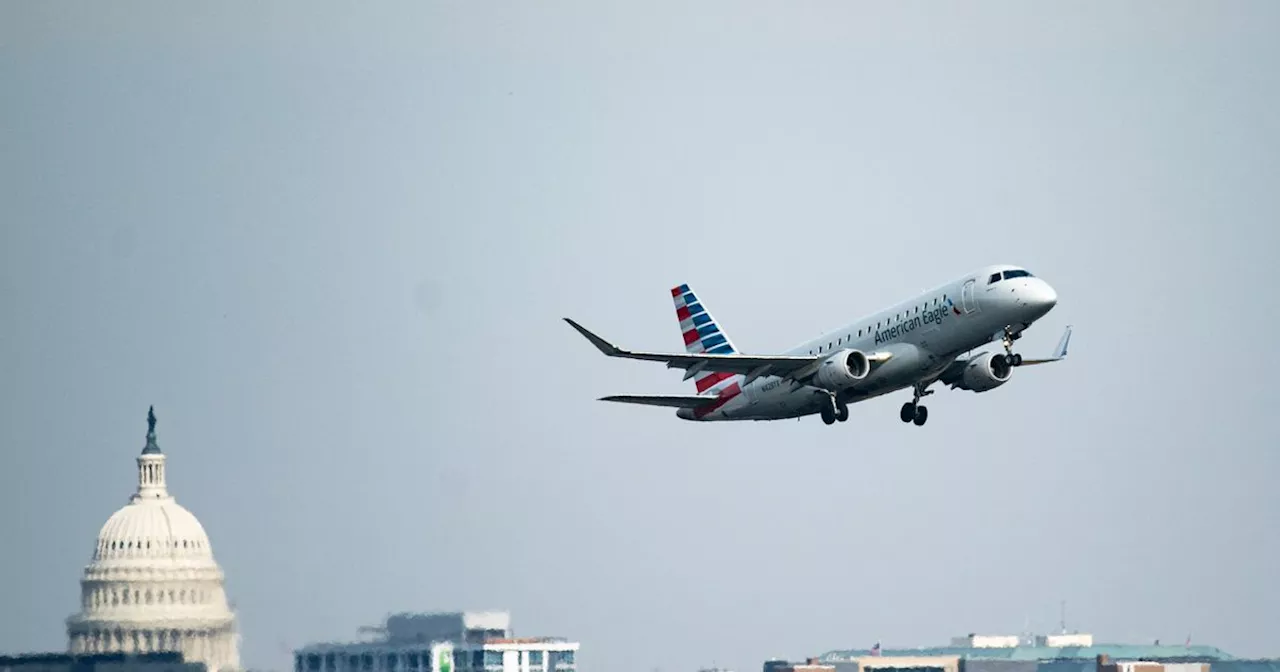 Deadly Mid-Air Collision at DCA Sparks Concerns About Airport SafetyAn American Eagle flight crashed into an Army helicopter near Washington, D.C.'s Ronald Reagan National Airport, killing all 67 people on board. This tragedy has reignited concerns about the airport's safety record, which has seen a history of close calls and incidents.
Deadly Mid-Air Collision at DCA Sparks Concerns About Airport SafetyAn American Eagle flight crashed into an Army helicopter near Washington, D.C.'s Ronald Reagan National Airport, killing all 67 people on board. This tragedy has reignited concerns about the airport's safety record, which has seen a history of close calls and incidents.
Read more »
 Reagan National Airport Collision Raises Questions About Military and Civilian Flight SafetyA recent helicopter crash near Reagan National Airport prompts calls for reevaluation of aviation safety protocols. Experts highlight the need for improved communication and separation strategies between military and civilian aircraft.
Reagan National Airport Collision Raises Questions About Military and Civilian Flight SafetyA recent helicopter crash near Reagan National Airport prompts calls for reevaluation of aviation safety protocols. Experts highlight the need for improved communication and separation strategies between military and civilian aircraft.
Read more »
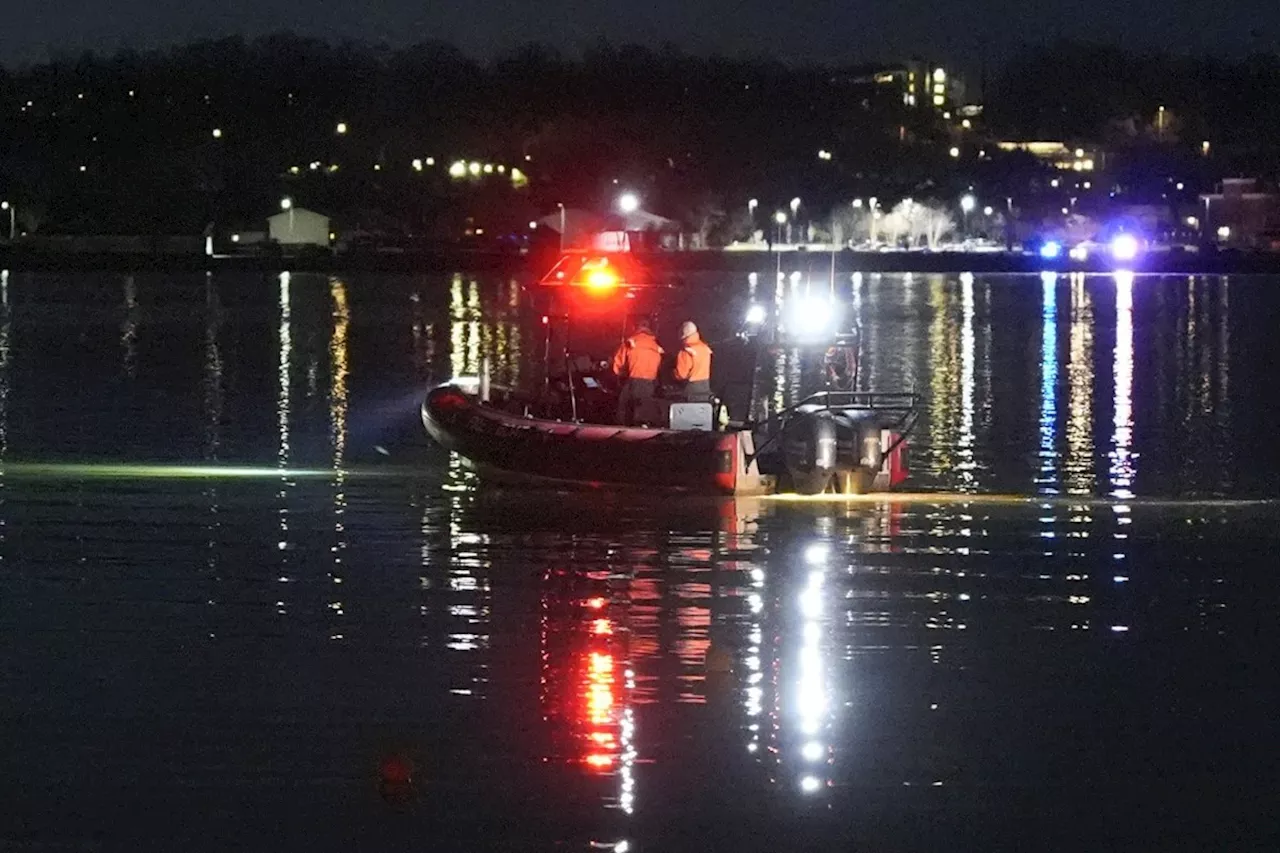 Passenger jet with 64 aboard collides with Army helicopter while landing at Reagan Airport near DCARLINGTON, Va.
Passenger jet with 64 aboard collides with Army helicopter while landing at Reagan Airport near DCARLINGTON, Va.
Read more »
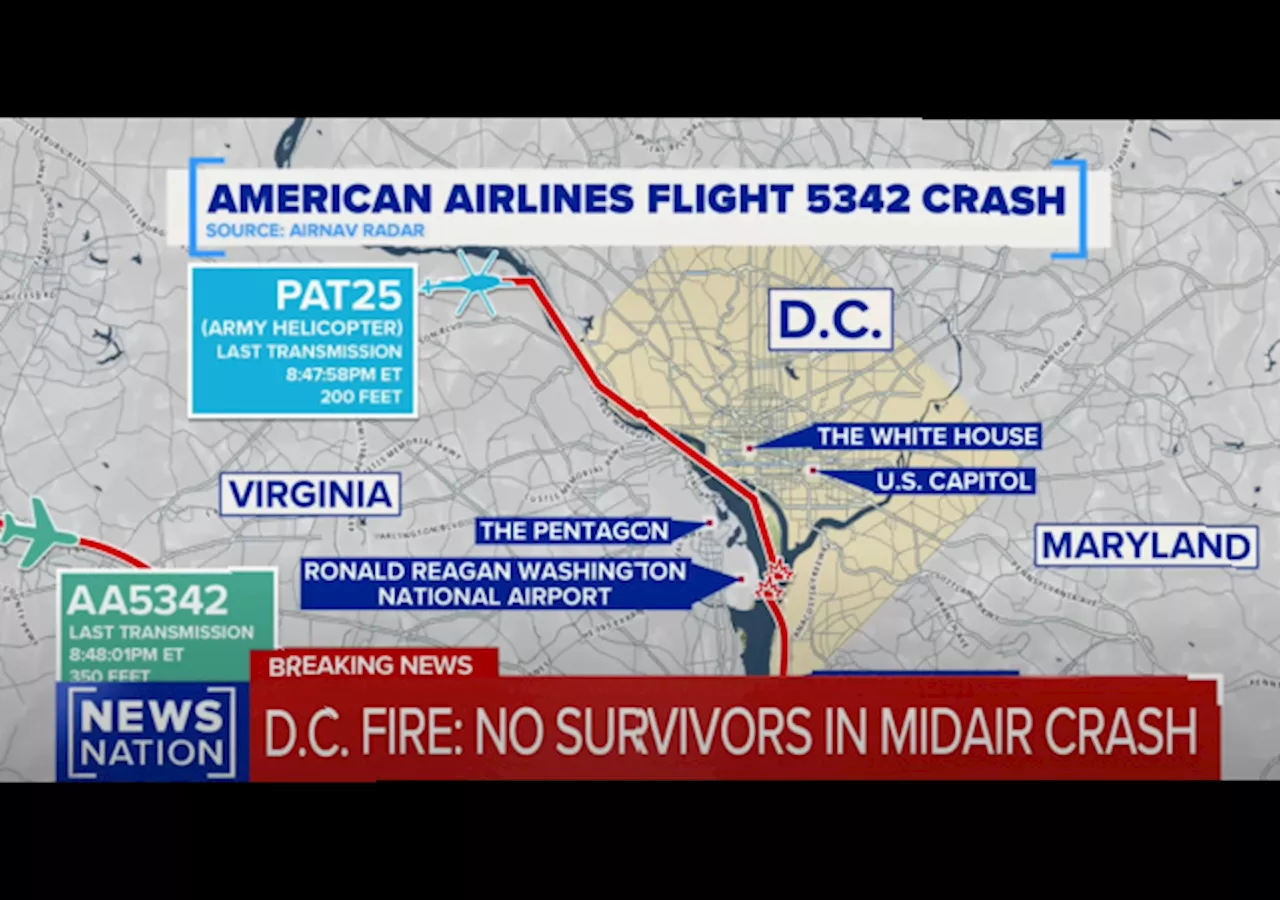 FAA: Reagan Airport Air Control Tower Staffing ‘Not Normal’ Night of CrashOnly one controller was 'responsible for coordinating helicopter traffic and arriving and departing planes.'
FAA: Reagan Airport Air Control Tower Staffing ‘Not Normal’ Night of CrashOnly one controller was 'responsible for coordinating helicopter traffic and arriving and departing planes.'
Read more »
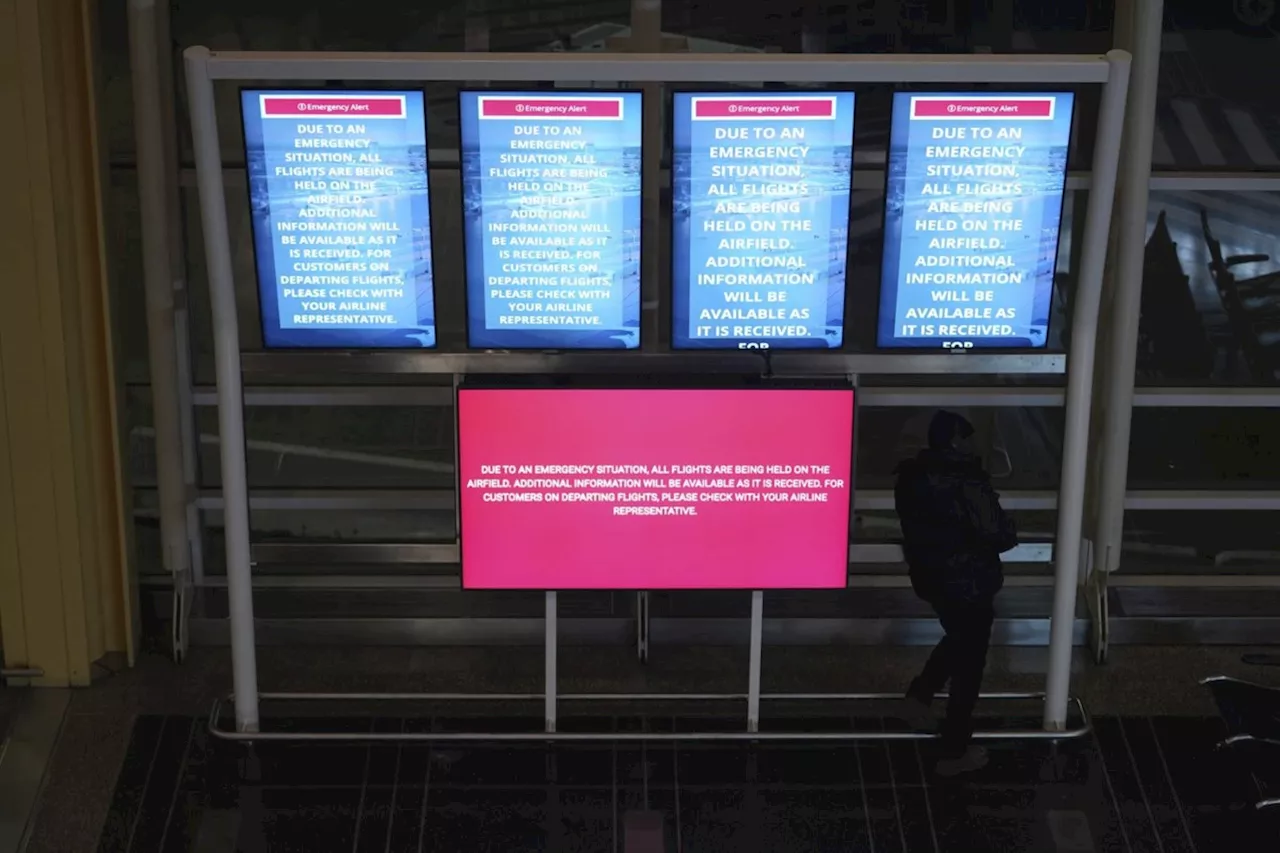 Passenger jet with 64 aboard collides with Army helicopter while landing at Reagan Airport near DCARLINGTON, Va.
Passenger jet with 64 aboard collides with Army helicopter while landing at Reagan Airport near DCARLINGTON, Va.
Read more »
